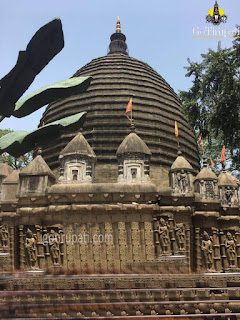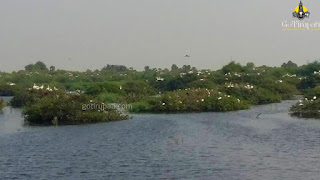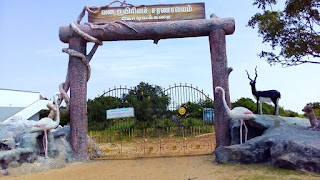Kamakhya Temple Guwahati
Kamakhya Temple Guwahati Timings, History, Route information
As per the folklore, Sati Devi daughter of Daksha Prajapati married Lord Siva against her father's wish. Daksha Prajapati decided to perform Yagna in a grand inviting all Devas ignoring Lord Siva. Daksha invited all his family members excluding his dearest daughter Sati Devi. Sati who got the news about this Yagna reached her paternal home. She advised her father not to go against his Son-in-law. Daksha insulted Sati Devi before the invited guests. Angered Sati Devi immolated herself in the Yogagni. Lord Siva who came to know about Sati Devi's death, raised high and ordered Kala Bhairav to destroy the Yagna and Kill Daksha. Kala Bhairav along with Kali and other Deva Ganas destroyed Yagna Place and Killed Daksha. Lord Siva performed Pralaya Thandav (Dane of Destruction) after collecting Sati Devi's corpse. In order to protect the universe, Lord Vishnu sent his Discus and destroyed Sati Devi's corpse into pieces. The broken pieces fell across Indian Subcontinent which later became holy places for worship. These places are called by Sakthi Peetas. The Yoni part of Sati Devi fallen here.




